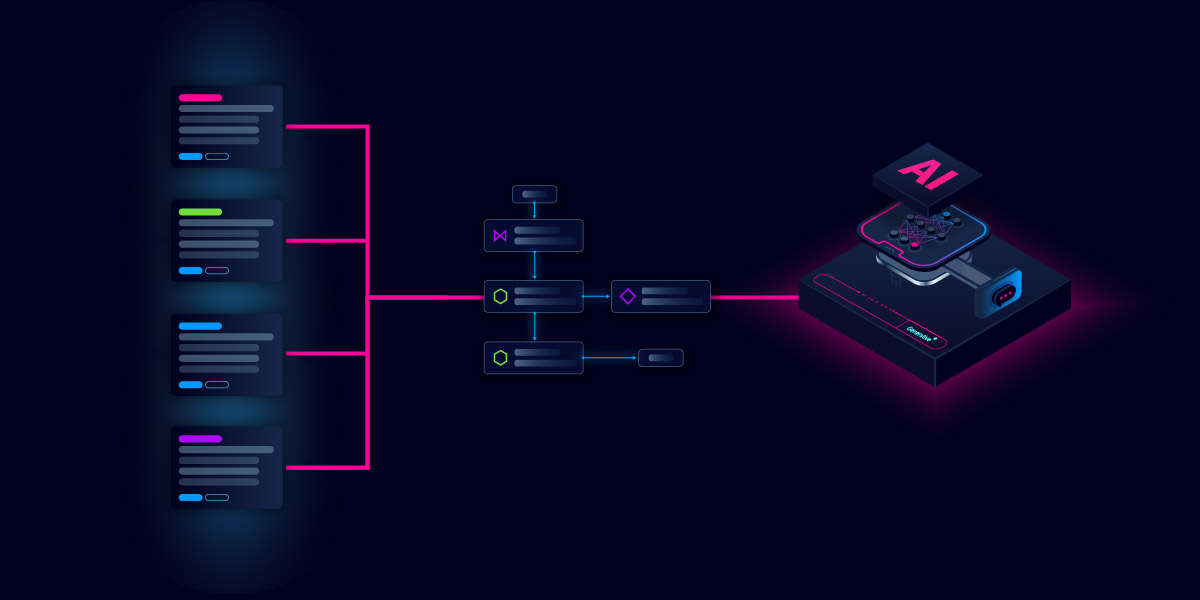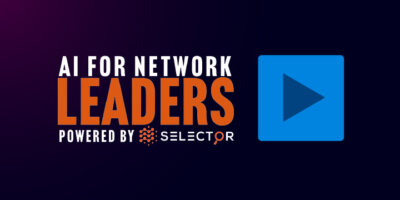Share this

Table of Contents
Every enterprise leader I talk to today is thinking about AI. Some are testing models, others are piloting use cases, and nearly all are trying to understand how AI fits into their existing automation strategy. Yet a common theme keeps surfacing – progress feels slower than expected.
That’s not because teams lack talent or ambition. It’s because most automation efforts stop short of orchestration.
At Itential, we see this pattern across every industry. Organizations have invested years building scripts, integrations, and bots to handle routine work. But when it’s time to connect those pieces into a scalable, governed system, one that spans silos and delivers measurable business outcomes, the momentum stalls.
The challenge isn’t effort; it’s architecture. Automation that lives in pockets of the organization may create speed locally, but without orchestration, it can’t create intelligence globally.
That’s exactly where Lumen Technologies found itself five years ago. As Greg Freeman, Vice President Network and Customer Transformation, shared at Selector’s AI Summit for Network Leaders, Lumen realized that more scripts weren’t the answer. What they needed was a unified orchestration layer – a way to connect automation, data, and now AI into one operational model capable of supporting a self-driving network.
The Shift from Hands-On to Hands-Free
Lumen operates one of the largest, most complex networks in the world, spanning hundreds of thousands of miles of fiber and tens of millions of connected assets. Five years ago, Greg and his team faced an impossible problem: how do you scale operations faster than you can hire engineers?
Their answer was radical and simple – invert the pyramid. Instead of expanding the workforce, they would flip the operating model so that 80 percent of all network touches were machine-to-machine.
To get there, they needed to move beyond automation as a series of isolated scripts. They needed orchestration – a system that connects automations into workflows that deliver business outcomes.
Greg put it this way during his talk:
![]()
We wanted orchestration. We knew that to get to closed loop, no human touch, we needed orchestration.
That mindset shift – away from automating tasks and toward orchestrating processes – is where transformation truly begins.
The Deterministic Foundation for AI
Before bringing AI into the loop, Lumen spent years building the foundation: 350 deterministic workflows that run more than four million times a year. Those workflows now form the operational fabric of their network.
This is where many enterprises make a strategic misstep. They want to go straight to AI, expecting it to magically optimize systems. But AI without structure is just noise. AI needs orchestration – clean data flows, predictable actions, and trusted guardrails – to turn intelligence into outcomes.
Greg’s approach to AI reflects this maturity:
“We’re using AI that is non-deterministic to launch our deterministic, human-engineered workflows, because those workflows are rock solid.”
In other words, AI can take initiative safely because it’s launching orchestrations that engineers designed, tested, and governed. That’s how you pair intelligence with reliability.
Connecting AI Through MCP
One of the most interesting parts of Lumen’s story is how they use Model Context Protocol (MCP) to bridge their orchestrations with AI agents. MCP allows large language models to connect to other models and systems programmatically – essentially becoming a transport layer for machine reasoning.
This architecture allows Lumen to integrate AI in a modular, controlled way. Agents can find the right workflow, trigger it, and interpret results, all without direct human commands. It’s a glimpse into what we call agentic orchestration, where AI and automation operate symbiotically.
At Itential, that pattern is exactly what we’re enabling across customers: a model where orchestration defines the rules of engagement, and AI extends what’s possible within them.
Why Orchestration is the Missing Link
Greg cited a recent study showing that only five percent of enterprises report measurable value from AI initiatives. Most are stuck in experimentation, not execution.
The missing link isn’t ambition or technology. It’s orchestration. Without it, automation stays fragmented, and AI stays theoretical. With it, organizations can:
- Connect every tool, API, and data source into one cohesive automation fabric.
- Govern how intelligence interacts with critical infrastructure.
- Measure outcomes in terms of speed, reliability, and experience.
That’s the story Lumen tells: one of preparation, discipline, and evolution.
The Takeaway for Infrastructure Leaders
If your team is exploring AI today, start by strengthening your orchestration foundation.
Map your high-volume operational processes, automate what’s repeatable, and then connect those automations into orchestrations that can run safely, predictably, and at scale.
Once you have that deterministic base, AI becomes not a risk – but a multiplier.
Because when AI acts through orchestration, it’s not just generating ideas; it’s driving your business forward.
Watch Greg Freeman’s full session to see how Lumen built that foundation and what it means for the next era of intelligent infrastructure.



